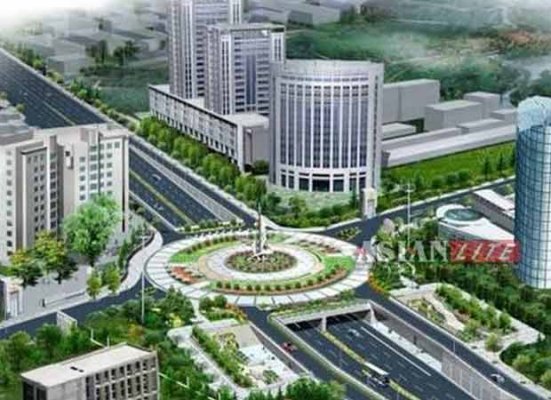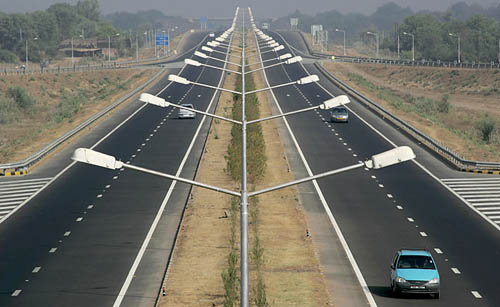
Which are top cities for real estate investments?
Track2Realty picks up Investment Magnet Cities of India through a comprehensive pan-India survey. The idea is to identify the top real estate destinations for the home buyers in the country.

Track2Realty picks up Investment Magnet Cities of India through a comprehensive pan-India survey. The idea is to identify the top real estate destinations for the home buyers in the country.

Institutional investments increased in the last ten years and have improved investor confidence, risk appetite and transparency. Enhanced use of technology across asset classes have changed the outlook of investors towards Indian real estate. As a result, investments have more than tripled to INR 1,400 bn during 2014-18 as compared to INR 465 bn during 2009-13, says the latest CII-JLL report ‘Innovation Led Opportunities – Changing India’s Real Estate Landscape’, released on Wednesday, Aug 21, at the 11th Edition of CII Realty & Infrastructure Conclave.

Lack of affordability in the larger cities is the primary hurdle to the largest investor base, and property investors are now looking at smaller towns and cities. However, their increasing bullishness on Tier 2 & 3 cities as against their tier 1 counterparts is not just on account of their relatively more affordable property prices, but also because of their better growth prospects.

Further liberalization in FDI policies – 51% FDI in multi-brand retail and 100% FDI in single-brand retail under the automatic route (against the previous 49%) – has attracted major global PE funds to double their investments in the Indian retail sector.

Year 2018 was a veritable roller-coaster ride for the Indian real estate. Despite signs of recovery across segments, the liquidity crunch – further exacerbated by the NBFC crisis – put all industry stakeholders on tenterhooks.

The report highlights the need for new urban centers in the country, and shortlists 45 potential mega-cities such as Nagpur, Lucknow, Jaipur, Kochi and Bhopal, among others.

The supply of quality housing even today is confined to eight key cities. It is not that the new cities are not coming up, but neither the investors nor even the end users want to buy a house in Tier II cities today. The dream and aspiration is always Delhi, Mumbai, Bangalore, Pune kind of life.

Bottom Line: 100% FDI in Indian e-commerce will open the…

Track2Realty: Currently, tier 2 and 3 cities account for a smaller proportion of operational shopping malls in India. However, with rising consumer aspirations and demand, the potential of these cities in terms of retail real estate is increasing. Both national and international retailers are expanding businesses in these cities, and this is fuelling demand for organized shopping spaces. While the major metro cities are continuing to launch bigger, international-standard malls, tier 2 and 3 cities are currently graduating to next level by initiation of shopping mall developments. There are notable exceptions to this – Lulu Mall in Kochi is, in fact, the largest mall in India as of today.

Track2Realty: The year 2014 has been quite fruitful for the real estate sector in terms of business sentiment, although the real effect of many of the policies and amendments announced in 2014 will take effect only in 2015. Starting from Union Budget FY2014-15, where affordable housing was considered on par with infrastructure, to relaxation of rigidities in the Land Acquisition and Real Estate Regulatory Bill, India’s new Prime Minister has been offering the India real estate sector consistent doses of energy.
